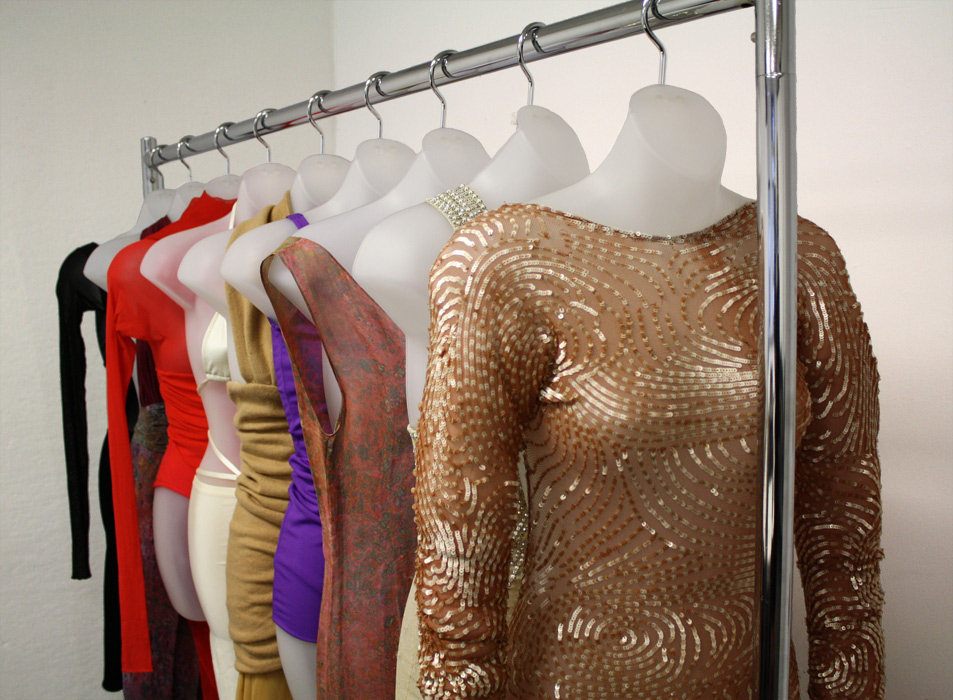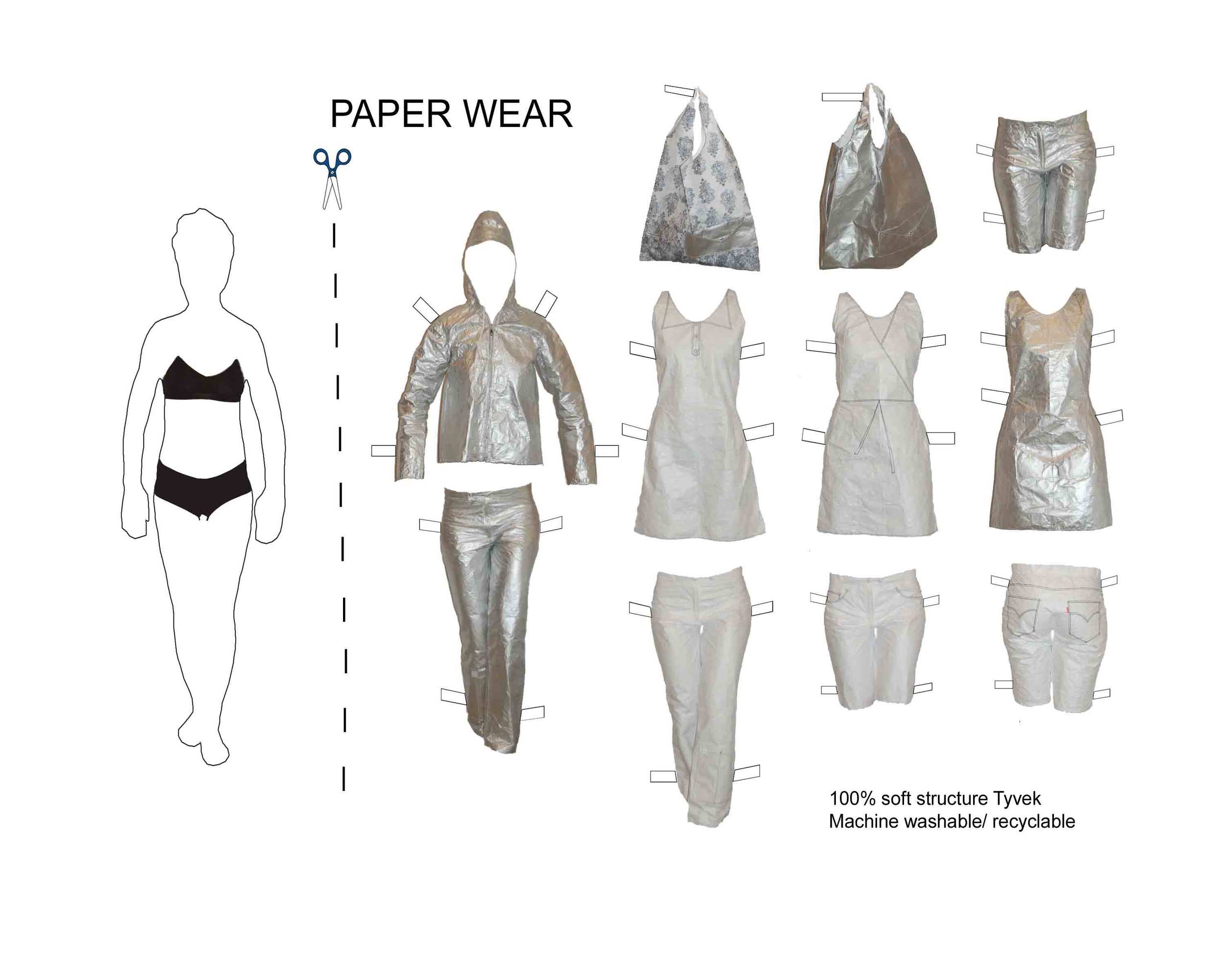by Mae Colburn

Tamara Albu teaching design fundamentals to young weavers in Maheshwar, India.
Tamara Albu: It seems that fashion, in general, has a slow start in whatever is happening in the global industry and I think that the same slow start happened with sustainability. We are at the beginning stage in fashion here, but I think we’ve passed the stage of resistance. It’s happening. I’m feeling optimistic now.
As Associate Professor in Fashion Design at Parsons The New School for Design and former Director of the AAS in Fashion Design program, Tamara Albu plays a central role in defining Parsons’ fashion curriculum. Her enthusiasm resonates throughout the program. Originally from Romania, she travels widely, witnessing for herself the many breakthroughs now occurring within the global fashion system. She described the work of Anne de la Sayette who, for the first time in human history, is effectively producing natural dyes on an industrial scale in France, planting (in Tamara’s words), “huge areas with the blue, the green, the red.” She described a vertically-integrated textile manufacturing plant in India, Pratibha Syntex Ltd., which employs some 8,000 local people and sells cotton seeds to local farmers at half price, asking for payment only after the crop has sold. She described the 2006 Yamamoto exhibition in Antwerp, where visitors were invited into the design process by touching, and even wearing, garments on display. Her optimism, grounded in these discreet innovations, reminds us that sustainable fashion is, perhaps, best defined by example.
Mae Colburn: It might be helpful, at this early point in the conversation, to establish a working definition of sustainable fashion.
TA: Yes, I can name two things that we’re talking about when we refer to sustainability, but before I name those things, I want to say that it’s a very complex system. What might be, let’s say, a good example of social sustainability might not meet the economic or ecologically-sustainable dimension. I think it’s actually easier to define what is sustainable in the food industry than in the fashion industry. It’s more clear-cut, but nevertheless, there are a few factors that may contribute to an item being sustainable or not.
One of the key factors is, of course, the carbon footprint, which brings us to local versus global, or ‘glocal’ – a new term that describes exactly the kind of complexity we’re arriving it. So [a garment] might be produced locally, but distributed globally, or vice versa. Glocal is really a good term to describe this mixture between what is sustainable on a small scale, and what is systemic on a large scale.
That brings us to fast fashion against slow fashion. Slow fashion is more related to the local, where you grow your own animals or plants to obtain the fiber, extract the dyes from plants or insects, make the fabric, create the samples of the collection and produce with a relatively small assembly line that might include members of one’s family or particular community members. […] The social aspect of slow fashion is providing meaningful work to people who would otherwise have to give up their skills in order to make a living. It’s something very valuable on many levels, and very much related to wellbeing. It nourishes the soul and it nourishes the body at the same time.

Handloom women weaver at Gudi Mudi, the social business supported by the WomenWeave Charitable Trust.
I went to India in January with a colleague of mine, David Goldsmith, for a research project (Slow Fashion: India) and we spent a good portion of our trip in Maheshwar, where a group of practitioners and scholars […] were meeting to put together the basis for the Handloom School. The school was launched by WomenWeave to provide education in design, textile technology, business, and sustainability for handloom weavers in Maheshwar, and also to awaken a general knowledge and appreciation of “low tech” hand weaving (which has now been replaced almost entirely by “high tech” fast and large production vertical systems). That being said, I believe that the vertical and horizontal systems can not only co-exist and interact, but can, in fact, complement each other superbly.
MC: How do you think fashion education factors into this larger discussion about changes within the industry?
TA: I think it’s the key element. You get used to something; you don’t want to change. It’s comfortable; you want it to remain that way forever. It’s not easy to change.
MC: And yet fashion is predicated on change, right?
TA: Well, I think it’s a kind of change, but I don’t consider it real change. It’s more like a habit. I mean, maybe I don’t make such a good advocate for fashion (laughs).
But back to why I think education is such a key factor: our students are young, and full of energy, and ready for change, willing to change, eager to change. I mean, we educate our students to not only look at how pretty the fabric is, but where it came from, how it was made, what was involved in the entire process; to not only look at where they bought that pretty fabric, but to be interested in how, who, and why it got to be pretty. And also, what is pretty? When certain factors are considered, you might not find that fabric so pretty. We, as educators, are the ones that need to inject these parameters within every course we’re teaching. I don’t care if I’m teaching Portfolio, or Studio Methods, or Drawing. In every class, there’s so much you could give to make [students] sensitive to these issues. I don’t think [students] should have the option to choose sustainability or not. Every course should have a component of sustainability, no matter what you’re teaching.
MC: So you’re saying that now that we’re past this stage of resistance, the word itself, sustainability, is perhaps no longer needed as a distinguishing factor in programs such as Parsons?
TA: I don’t think so. It was so overused in the beginning. It was just a fashionable way to say nothing, really. To me, it was a buzzword that I felt would come and go. But the more I started reading and being exposed to the word (not being involved myself, just by just listening to what other people had to say), I started becoming more interested. It’s sort of like the air you breathe – it has to be integrated everywhere: the way you eat, clean, smell, touch – all your senses, and all your thoughts, should be guided by this because there is an end to how much this planet can give. It’s not a joke. It’s reality.
MC: How many years have you been at Parsons?
TA: Many years. I started at Parsons in 1992 as an adjunct instructor, and then I became full time in 2000, so twelve years in this position.
MC: So I’m sure you’ve witnessed other changes during this period?
TA: Yes, but I think this is the most dramatic of all. Parsons is really committed to being as involved in this movement as possible. I mean, if I hadn’t had Parsons’ support, I probably wouldn’t have been able to go to these conferences, and talks, and symposiums. I went to France, to La Rochelle last year; to Italy for two very important workshops on sustainability; to Sweden – that’s where I met Yvon Chouinard. He was the key speaker at a conference, Design of Prosperity, about sustainability within the fashion industry. I think it was David Goldsmith who asked Yvon about his definition of beautiful fashion, and he said, ‘you know, everybody thinks about fashion differently, but when I talk about what is beautiful in fashion, I think of a seventy-year-old lady in a gorgeous coat that was beautiful twenty years ago, and is still beautiful now.’ For me, that’s a perfect definition of fashion.
MC: Would you add anything to his definition?
TA: No. It’s very much connected to how I feel about fashion, and I know fashion changes every season, so the twenty year old coat, it’s the opposite of what you would think. But for me, it’s beautiful. So no. It should have a long life, not a short life; it should gain value with age. You can look at it for eternity, really admiring every detail and the whole harmony between the labor, the fabrication, the color, the texture. This is why I consider fashion a form of art.
MC: As way to tie up, are there any projects or initiatives at Parsons that have really inspired you?
TA: I’ll give you an example of a course developed by Luciana Scrutchen and Julia E. Poteat called Textile Design Exploration. It’s about making the materials, the dying process, and designing the textile surface in the context of cultural, economic, and ecological imperatives. It’s exciting to see how our students are starting to realize that they can design a garment from scratch by making the fabric (weaving or knitting it), then playing and mixing various types of fibers to create their unique collection. When they are designing that way, they become so much more aware of the power of experimentation and the benefits of trial-and-error, which is so important in the creative process. They learn […] that process is a crucial and rewarding component of their education. It is an education in itself, experimenting, and not only in fashion. I think it’s a general value. When you make your mistakes, you try again, and improve the process as you try, and go a little bit further, a little bit further, and then you perfect that.
Tamara Albu earned her M.F.A. in Fashion Design and Illustration from the Academy of Fine Arts in Bucharest in 1976. She is now an active artist and Associate Professor of Fashion Design at Parsons School of Fashion.
Mae Colburn is an independent textile researcher based in New York City.
 Veruschka wearing Giorgio di Sant'Angelo, Vogue 1972, Photo: Richard Avedon
Veruschka wearing Giorgio di Sant'Angelo, Vogue 1972, Photo: Richard Avedon













